The world of aviation is filled with wonder and excitement, and one of the most fascinating aspects is the sheer scale and complexity of airports. These bustling hubs connect people and cultures, facilitating global travel and trade. But have you ever wondered about the biggest airports in the world? Let’s embark on a journey to explore these colossal structures, learning about their size, capacity, and the role they play in the global air travel network.
Ranking the Giants: Unveiling the Top 10 Biggest Airports
Determining the “biggest” airports can be subjective, as different factors can be considered, such as passenger capacity, land area, or runway length. For this list, we’ll focus on the largest airports by land area, providing a comprehensive overview of these aviation giants.
1. King Fahd International Airport (DMM), Saudi Arabia
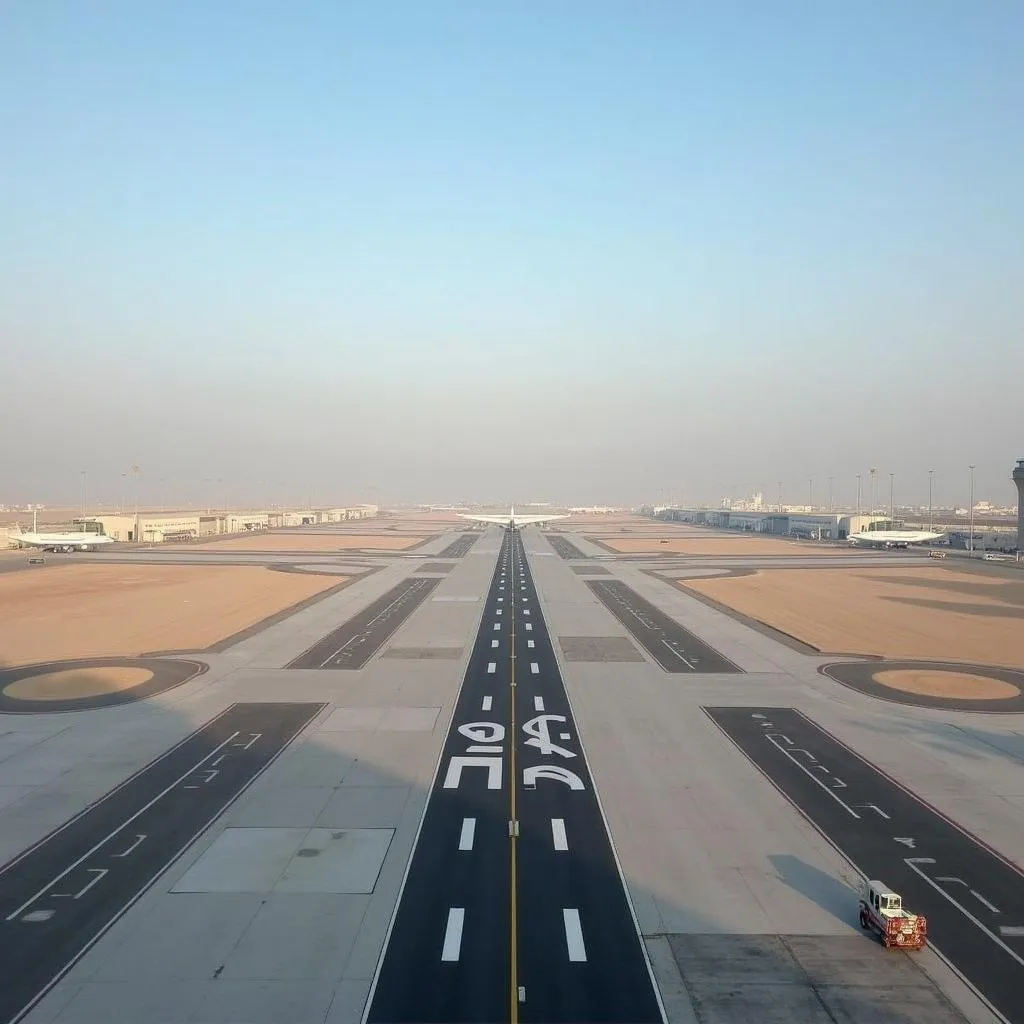 King Fahd International Airport (DMM) in Dammam, Saudi Arabia
King Fahd International Airport (DMM) in Dammam, Saudi Arabia
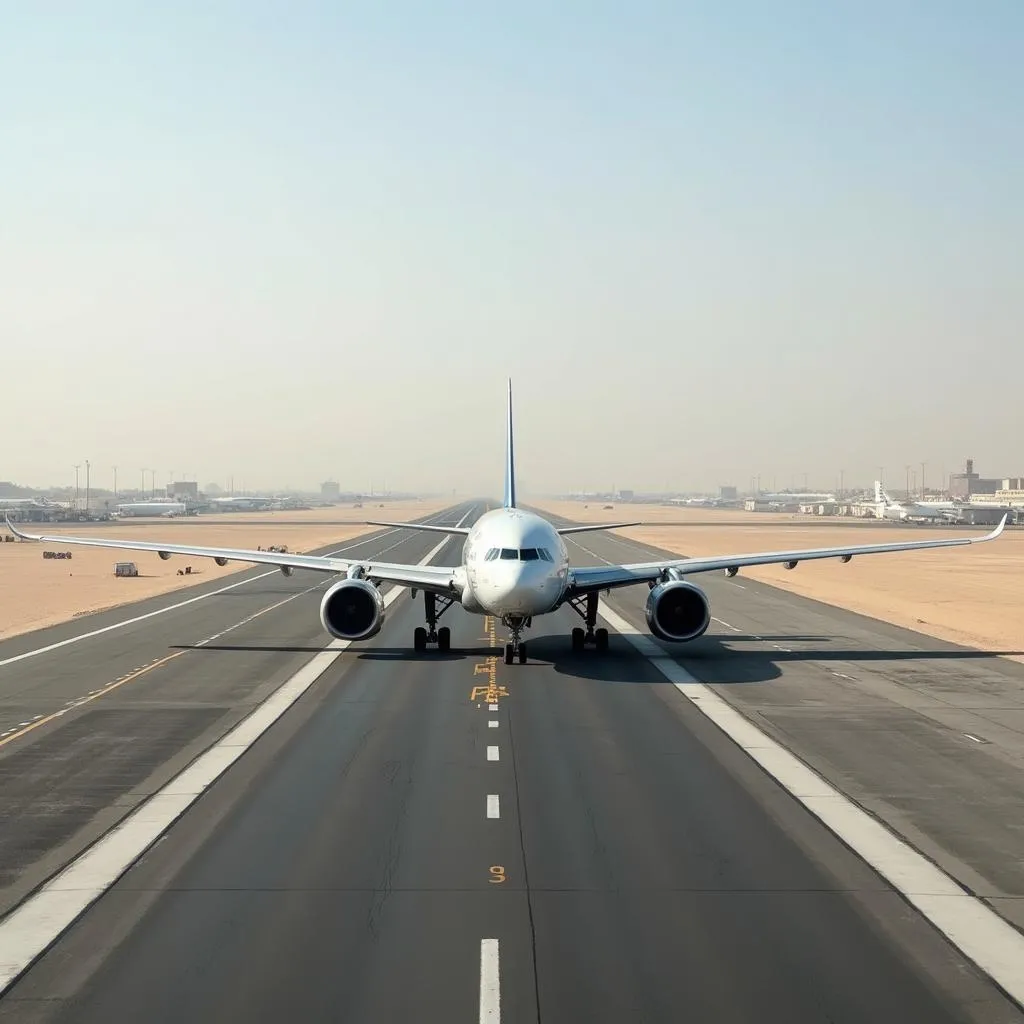 King Fahd International Airport (DMM) in Dammam, Saudi Arabia
King Fahd International Airport (DMM) in Dammam, Saudi Arabia
2. Denver International Airport (DEN), United States
 Denver International Airport (DEN) in Denver, Colorado, United States
Denver International Airport (DEN) in Denver, Colorado, United States
3. Dallas/Fort Worth International Airport (DFW), United States
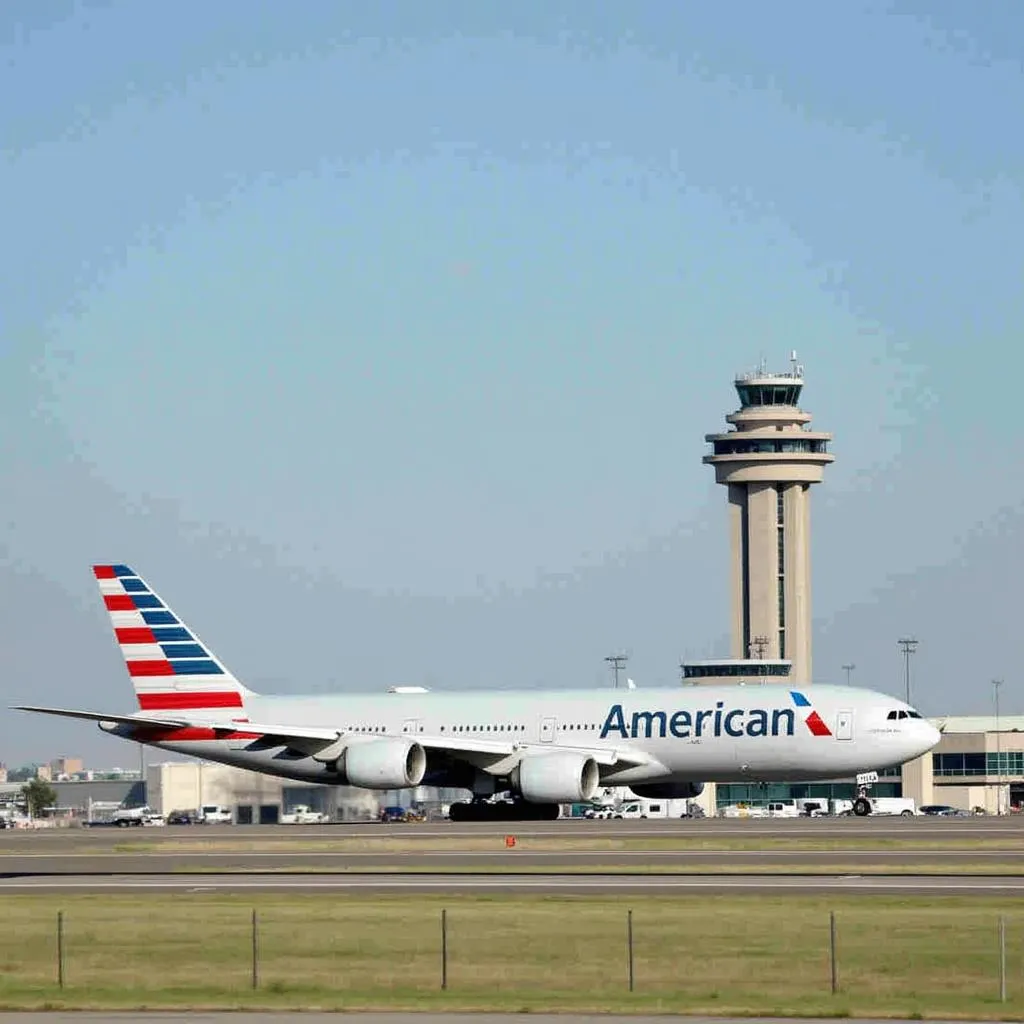 Dallas/Fort Worth International Airport (DFW) in Dallas, Texas, United States
Dallas/Fort Worth International Airport (DFW) in Dallas, Texas, United States
4. Washington Dulles International Airport (IAD), United States
 Washington Dulles International Airport (IAD) in Washington, D.C., United States
Washington Dulles International Airport (IAD) in Washington, D.C., United States
5. Orlando International Airport (MCO), United States
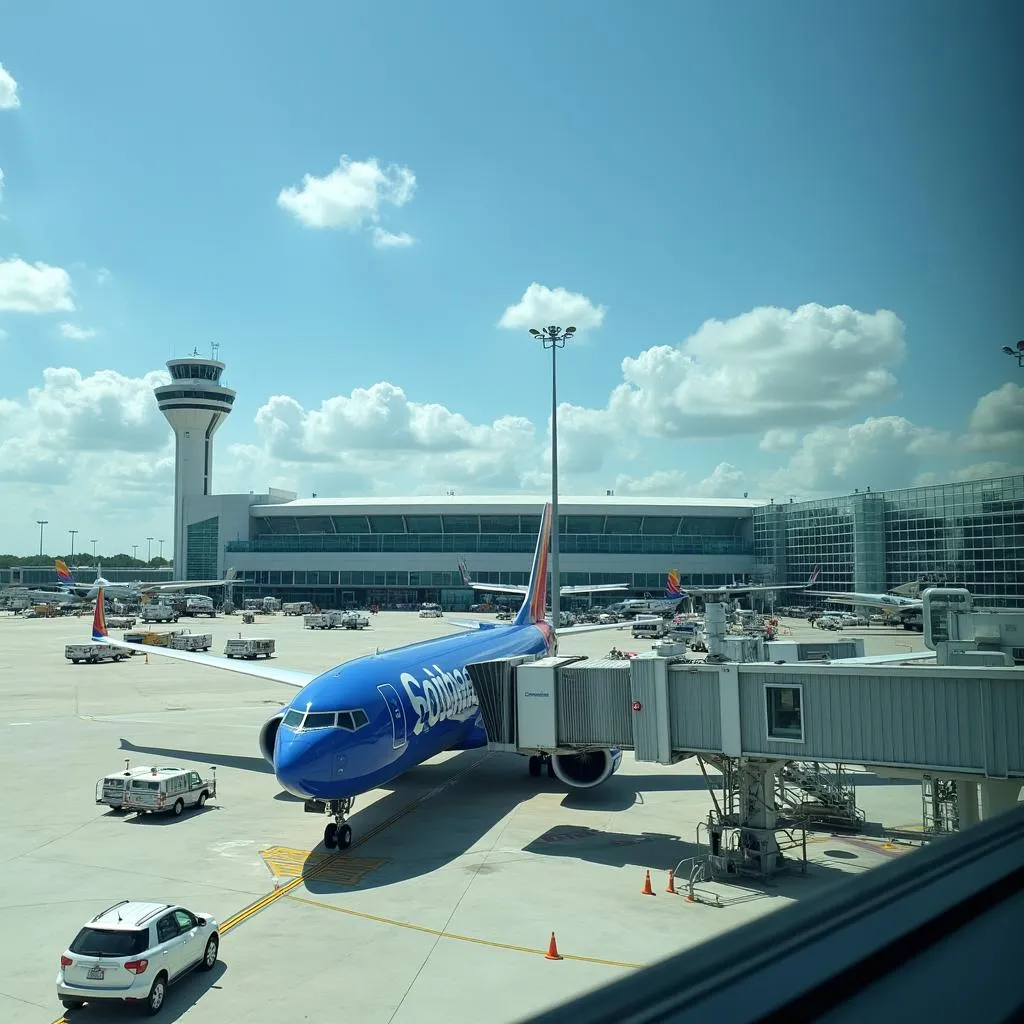 Orlando International Airport (MCO) in Orlando, Florida, United States
Orlando International Airport (MCO) in Orlando, Florida, United States
6. Kuwait International Airport (KWI), Kuwait
 Kuwait International Airport (KWI) in Kuwait City, Kuwait
Kuwait International Airport (KWI) in Kuwait City, Kuwait
7. George Bush Intercontinental Airport (IAH), United States
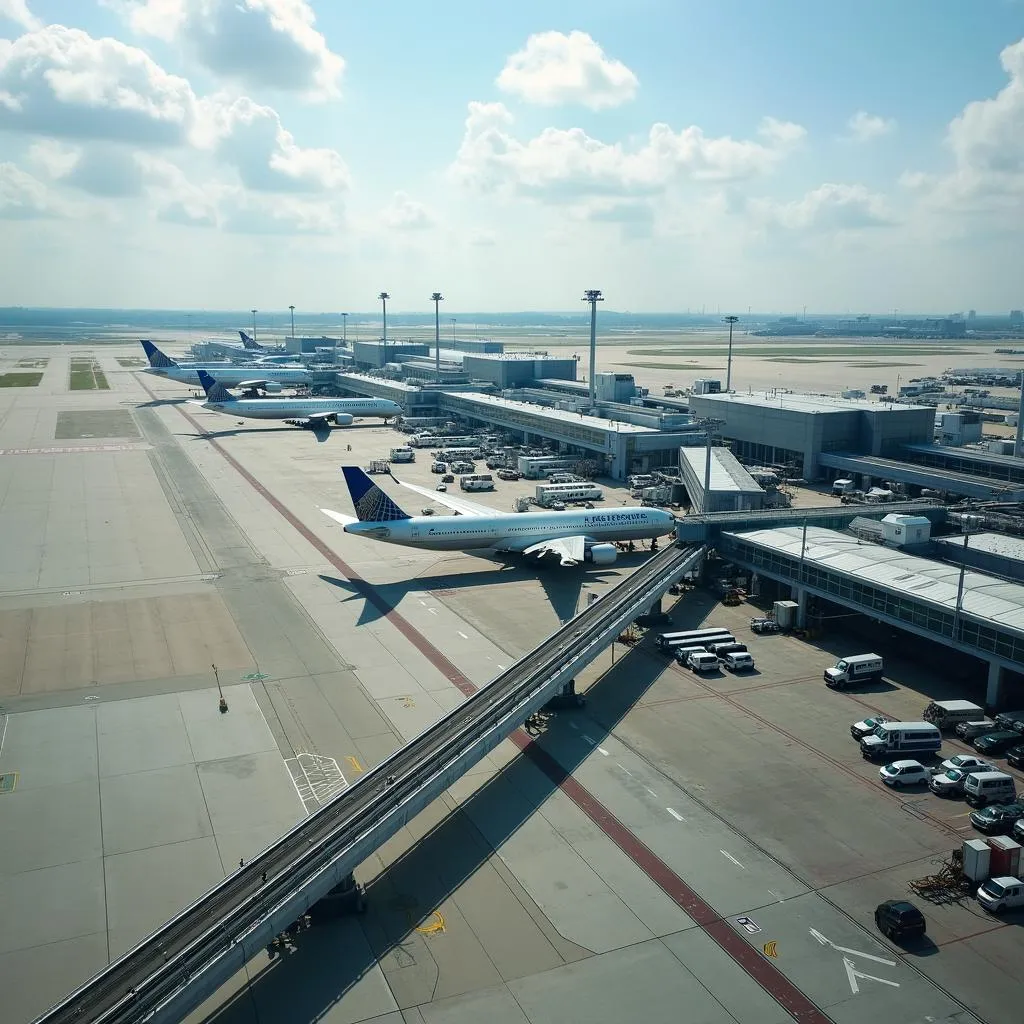 George Bush Intercontinental Airport (IAH) in Houston, Texas, United States
George Bush Intercontinental Airport (IAH) in Houston, Texas, United States
8. Istanbul Airport (IST), Turkey
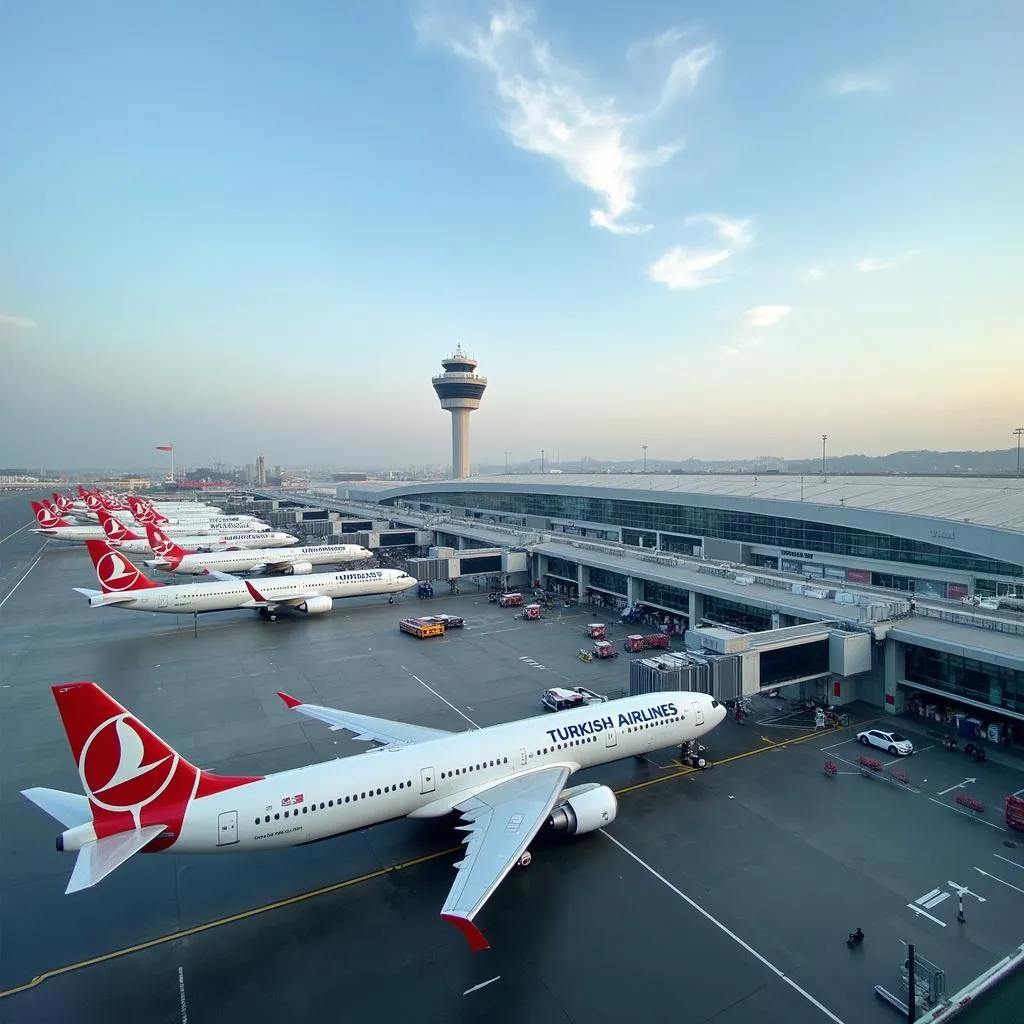 Istanbul Airport (IST) in Istanbul, Turkey
Istanbul Airport (IST) in Istanbul, Turkey
9. Dubai International Airport (DXB), United Arab Emirates
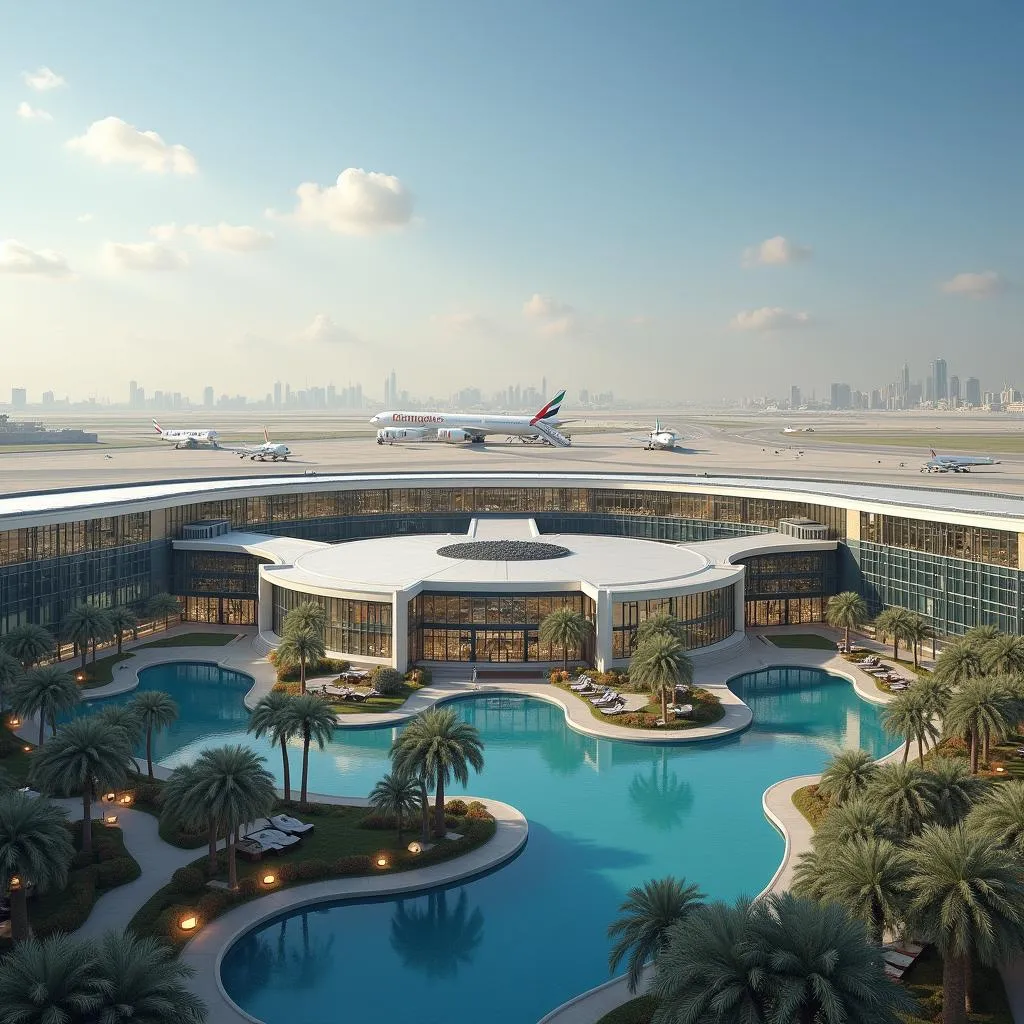 Dubai International Airport (DXB) in Dubai, United Arab Emirates
Dubai International Airport (DXB) in Dubai, United Arab Emirates
10. Shanghai Pudong International Airport (PVG), China
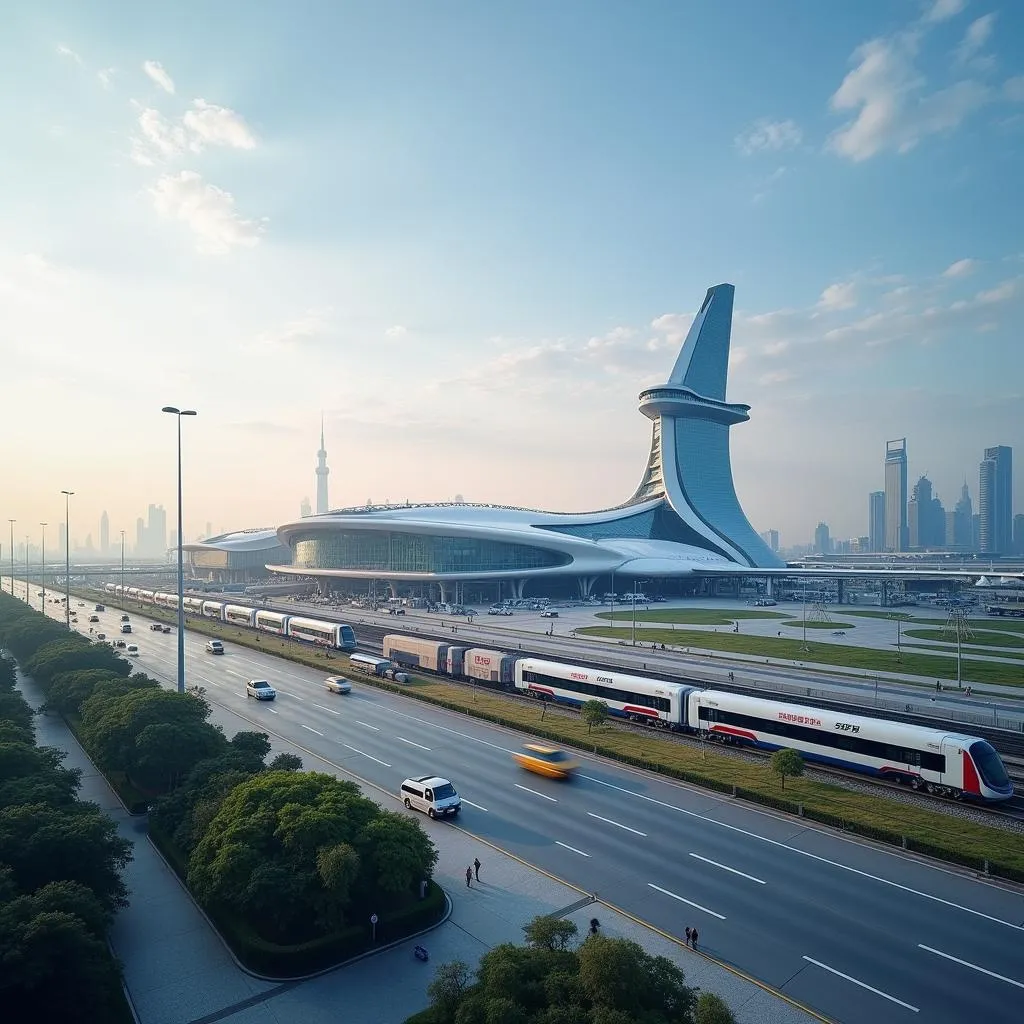 Shanghai Pudong International Airport (PVG) in Shanghai, China
Shanghai Pudong International Airport (PVG) in Shanghai, China
Navigating the Giants: A Glimpse into Airport Operations
These massive airports are complex ecosystems, seamlessly handling millions of passengers and tons of cargo every year. They are a testament to human ingenuity and infrastructure development, serving as vital links in the global transportation network.
“The scale and complexity of these airports are truly impressive. They are marvels of engineering that facilitate global travel on an unprecedented scale. ” – Dr. Emily Carter, Professor of Aviation Management**
Unveiling the Future of Aviation Hubs
As air travel continues to grow, the importance of these aviation hubs will only increase. Innovations in technology, sustainability, and passenger experience are transforming the way we travel. These airports are constantly adapting to meet the evolving needs of passengers and airlines, creating a dynamic and exciting future for the world of aviation.
Frequently Asked Questions
1. What are the busiest airports in the world?
The busiest airports in the world are often measured by passenger traffic. Hartsfield-Jackson Atlanta International Airport (ATL) in the United States consistently ranks as the busiest airport by passenger count.
2. How do airports handle such large volumes of passengers and cargo?
Airports use advanced technology, efficient procedures, and a dedicated workforce to handle large volumes of passengers and cargo. This includes sophisticated baggage handling systems, automated check-in kiosks, and air traffic control systems.
3. What are the environmental challenges faced by airports?
Airports are facing environmental challenges related to noise pollution, carbon emissions, and land use. They are implementing sustainable practices and technologies to minimize their environmental impact.
4. What are some of the future trends in airport design and technology?
Future trends in airport design and technology include the use of artificial intelligence, biometrics, and automated baggage handling systems to enhance passenger experience and efficiency.
5. How are airports adapting to the changing needs of travelers?
Airports are adapting to the changing needs of travelers by offering a wider range of amenities, services, and digital experiences. This includes dedicated areas for families, business travelers, and those with disabilities.
If you have any questions or need assistance with air travel, please don’t hesitate to reach out to us. We are available 24/7 to help you with all your travel needs. You can reach us at +13089626264, [email protected] or visit us at 404 Bothwell St, Oxford, NE 68967, Hoa Kỳ.